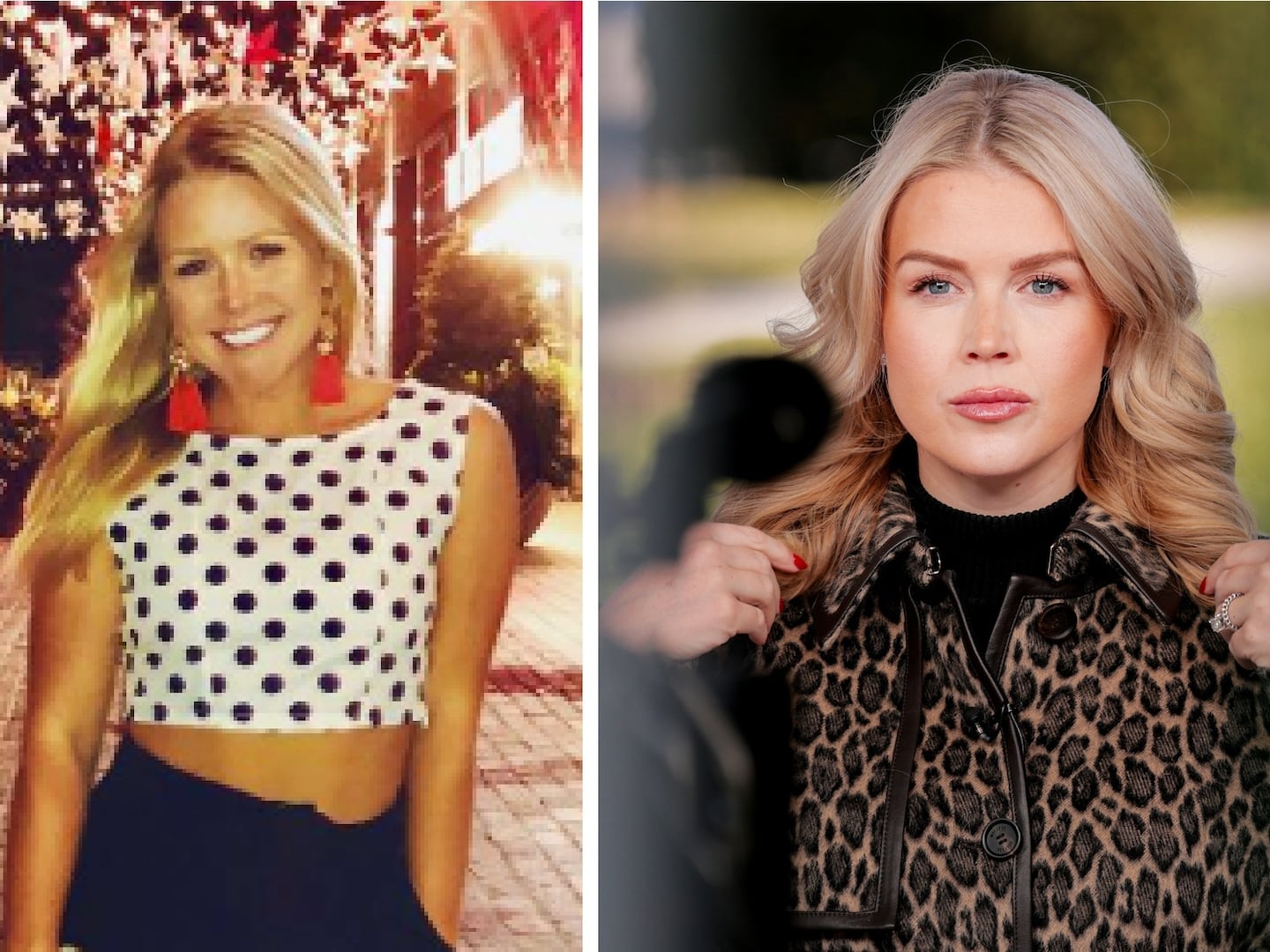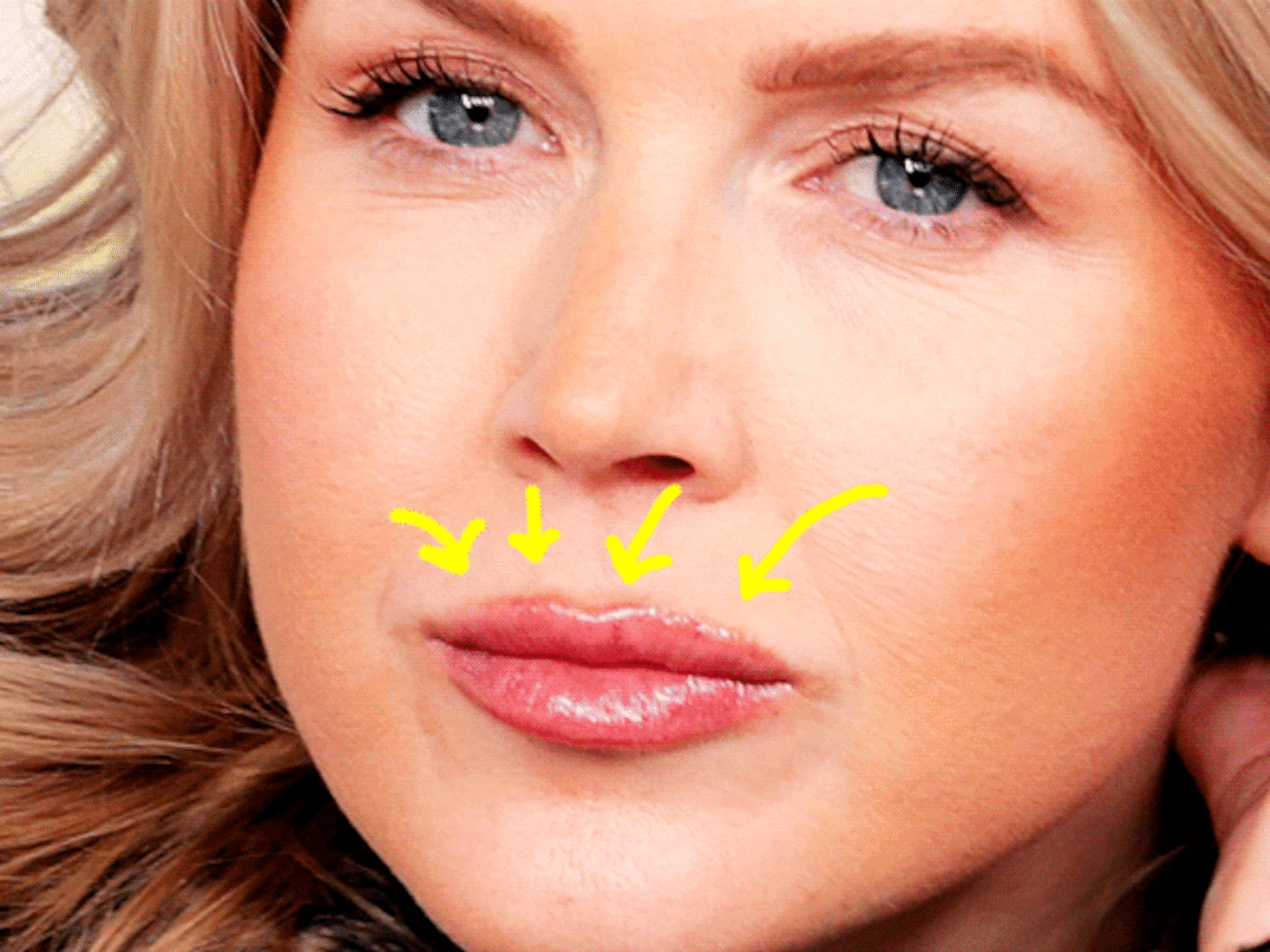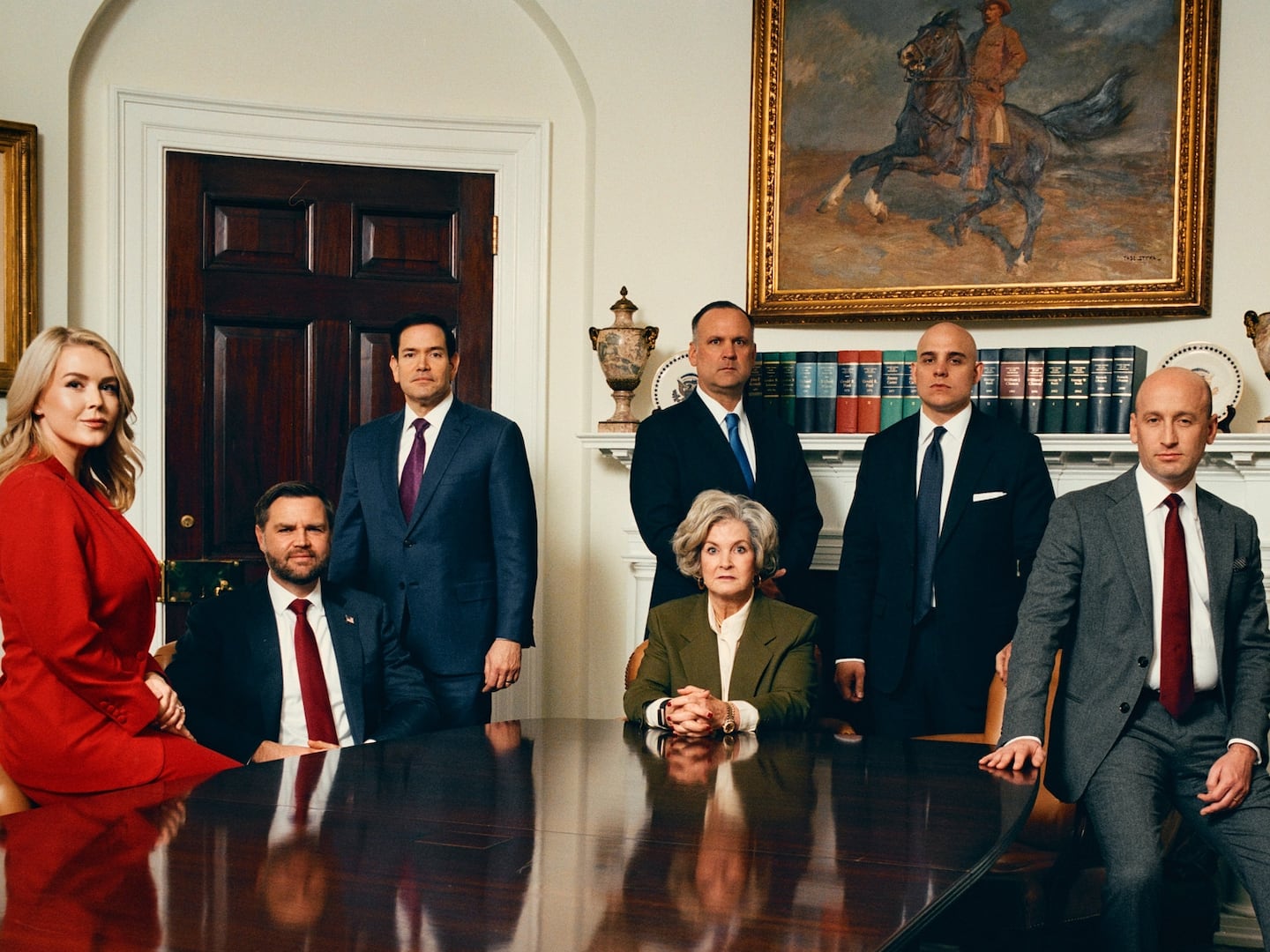It used to be easier to find a good bottle of whisky to buy.
Now, before I go any farther, I should warn you that I’m going to be talking about whiskies from all over the world, and I’m going to spell them all “whisky” here no matter where they’re from because that whole “Scotch and Canadian is ‘whisky’ and Irish and American is ‘whiskey’” thing is tedious, persnickety, ahistorical bullshit. (In fact, there were plenty of American brands with “whisky” on their labels, and the British Royal Commission appointed to define whisky actually spelled it with the ‘e’ in its 1908 report.) Don’t @ me, as the millennials say.
Fifteen years ago, if you wanted a malt whisky, be it big and smoky or rich and unctuous, you went to the liquor store and looked in the Scotch section. For the same thing, but softer and lighter, you’d still look in the Scotch section, but a couple of shelves down, or in the small Irish section, right next to it, where you’d find the blends. If you wanted something grainy and sweet with an oaky tang, you looked in the bourbon section. The straight rye would be in there, too, if it was there at all. (On the other hand, sometimes it was there and it was 13-year-old Van Winkle Family Reserve Rye, at under $40 a bottle, so there’s that.) For the same thing, but softer and lighter, there was the Canadian shelf, all blends. And that was it.
Nowadays, it’s not so easy. Whisky has proliferated like so much alcoholic kudzu, and the architecture of whisky’s route to market, where each country had a lane or two for its almost exclusive use, has been overwhelmed by a horde of lane-switching new brands from traditional whisky-making countries and non-traditional ones. Quality malt whiskies are now as likely to come from Ireland, Japan, India, Taiwan, Australia, New Zealand, Sweden, France, the United States, Canada and, for all I know, Kyrgyzstan and Vanuatu as they are from Scotland.
Canada is marketing straight whiskies in the United States style and selling the light, “grain whisky” that stretches out their blends on its own—as are Scotland and Ireland. The United States, with hundreds of new whisky distilleries (1,589 of them, according to the most recent count), seems intent on making local versions of every style of whisky there is, including historical ones not made in generations.
All of this means that the old way of educating yourself about whisky—going to the liquor store and buying the bottle next to the one you usually buy—is obsolete, as is in fact the whole idea of segregating whiskies by country. There is, I believe, a better way. It’s a little geekier, but not much, and a lot more useful. It’s based not on where the bottle comes from, but on what’s actually in it. Like all systems, it’s not perfect. It’s a law of systems that the more accurate your classification—the more variables and exceptions you account for—the more unwieldy and less useful it becomes. This one is only a little more complex than the current taxonomy, but it’s a lot more predictive.
There are really only four main kinds of whisky that are commercially significant: 1) pure-malt, pot-still whisky; 2) whisky made mostly from unmalted grain and distilled to a fairly low proof in column or pot stills; 3) whisky made mostly from unmalted grain and distilled to high proof in column stills; and 4) blended whisky, which is a mix of 1 or 2 with 3. In my ideal whisky store, each would have its own shelves. Here’s a quick look at each and at what would be on those shelves.
1) Malt Whisky, as we’ll call it, for obvious reasons. This is that old pot-still Celtic barley-malt whisky, now gone global. Barley malt, which is barley that has had its starches converted to sugar through sprouting and toasting, makes the cleanest, most subtly flavorful of whiskies. Most whiskies need a little bit of it in their mashbills to start fermentation but round out the rest with raw grains, because malted barley is also significantly more expensive than raw barley or any other raw grain. This means that a 100-percent-malt mashbill is almost always run twice through an old-school, relatively inefficient pot still: you want to get as much of the sweet, flowery flavor and rich, oily texture out of it as you can, and you don’t have to worry about mitigating the doggy, grainy flavors you get from unmalted barley, rye, wheat, corn or whatever.
On my Malt Whisky shelves you would find all the classic Scottish single malts, from Auchentoshan to Tullibardine, with stops for Bowmore, The Glenlivet, Highland Park, the Macallan, Old Pulteney and all the others, along with the blended malts, such as Johnnie Walker Green. Here you’d also find the lighter, triple-distilled Irish malts from Bushmills, such as the sublime 10-year-old, the richer double-distilled Irish malts from Cooley, the lovely whisky from Yamazaki and Yoichi and such from Japan, and so on around the world, even down to the American malt whiskies from the likes of Westland, which are—uncharacteristically for malt whisky—aged not in used barrels, but in new ones (malt distillers are generally allergic to new oak, as it can step all over the delicacy of the malt unless very carefully handled).
2) Mashbill Whisky, let’s call it, if only because “raw-grain whisky” sounds a little too Paleo for me. Here’s where you’ll find your American straight bourbons and ryes, each made from a little barley malt and a lot of raw corn and rye in various proportions (OK, and sometimes wheat) and run through a large, industrial column still but taken off of it at relatively low proof (under 80-percent alcohol, and sometimes far under), so that there are still plenty of congeners—the compounds that give a spirit flavor—in there along with the alcohol and water, although not as many as double pot distillation leaves. Here you’ll also find the straight Canadian whiskies that are starting to filter south of the border, such as Lot 40 Rye, and even the so-called pure pot-still Irish whiskies, such as Redbreast and Green Spot, which are made with malted and (mostly) unmalted barley and triple-distilled.
3) Patent Whisky. This is mostly what is now known as “grain whisky”: a mix of malt and other grains, run through a column or “patent” still and pulled off at 90-percent alcohol or above. This whisky usually serves as the (fairly neutral) backdrop for blended whiskies. Recent years have however shown that this stuff, which had a reputation for being little more than barrel-aged vodka, is in fact often nothing of the sort. Whiskies such as the pioneering Hedonism from Compass Box, Greenore from Ireland, and Wiser’s Red Letter from Canada are subtle but complex drams that make for lovely sipping. Here you would also find some micro-distilled American whiskies, such as the interesting ones Koval makes from non-traditional grains (quinoa whisky, anyone?).
4) Blended Whisky. This is the most diverse of the categories, since it encompasses both a smoky Scotch blend such as the Black Grouse, a mellow Canadian one such as Crown Royal Reserve and a light and frisky Japanese one such as Suntory’s Toki. But while diverse in flavor, all of these whiskies still have a great deal in common in terms of texture and depth of flavor, as tasting them side by side will demonstrate.
So that’s it. Four kinds of whisky, each with enough diversity to make it interesting but also with enough in common that side by side tasting will teach you something about whisky. (There are all kinds of whiskies, I will admit, that break the boundaries of this classification, but far fewer that do it with what we’ve got now.)
Is there a hope in hell that the whisky industry will give up its heather-covered hills and limestone springs; the standard nationalist myth-building advertising to embrace a way of classifying whisky based on what’s actually in the bottle? No, probably not. But that doesn’t mean we all have to stick with it.






